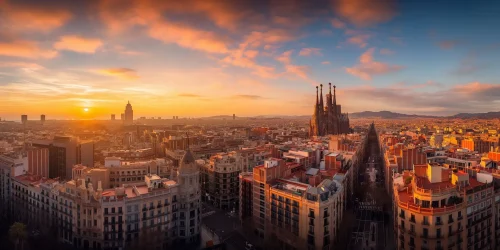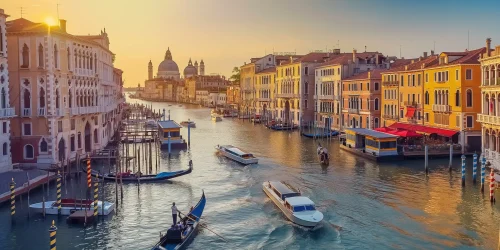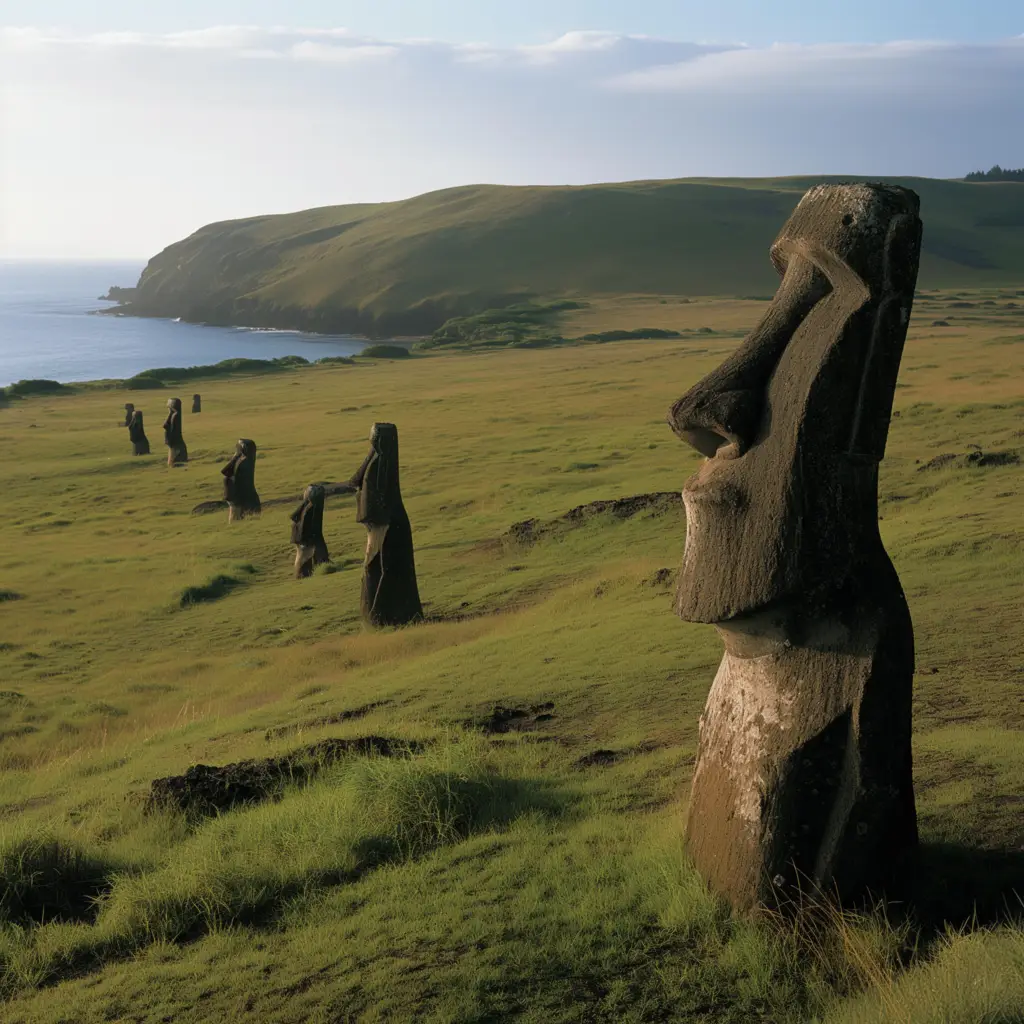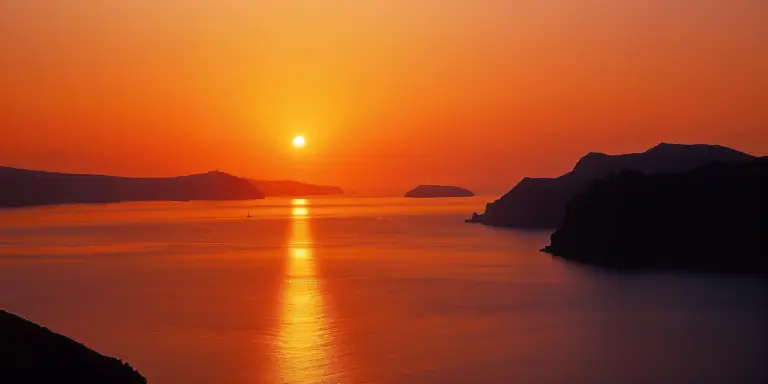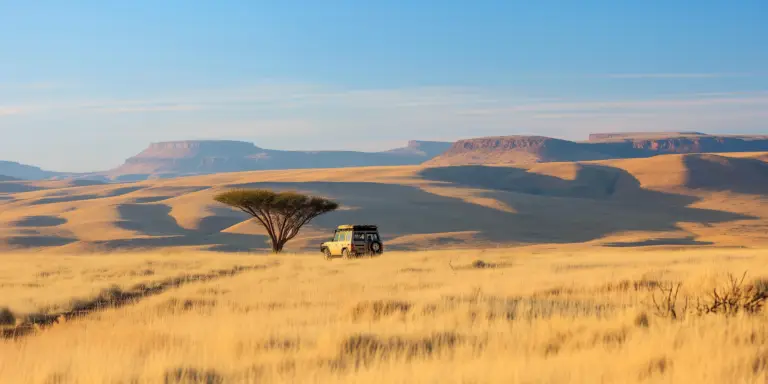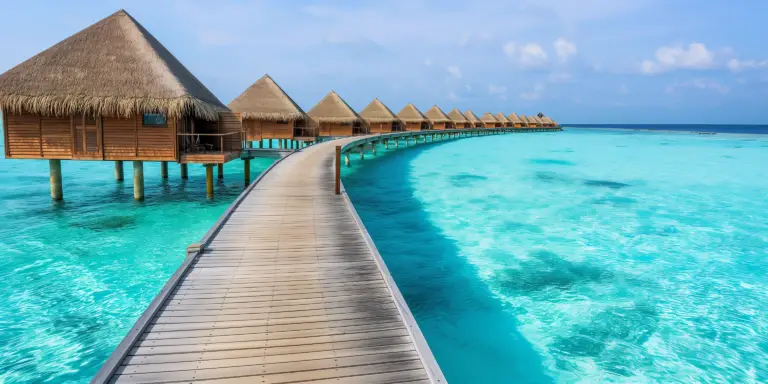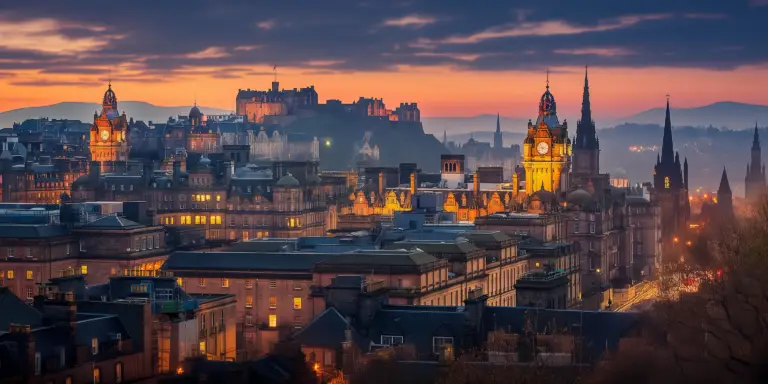Nestled in the southeastern Pacific Ocean, Easter Island, or Rapa Nui, is a remote volcanic island that’s part of Chile. Famous for its mysterious moai statues, the island has captivated travelers and historians alike. These colossal stone figures, carved by the early Rapa Nui people, are scattered across the island, standing as silent sentinels of a lost civilization. The island’s history is rich with legends and intrigue, making it a fascinating destination for those seeking to unravel its enigmatic past.
The moai statues are undoubtedly the island’s main attraction. Carved from volcanic tuff, these statues range in height from a few feet to over 30 feet, with the largest weighing around 82 tons. They are believed to represent the ancestors of the Rapa Nui people, serving as powerful symbols of authority and protection. The most iconic site to witness these statues is Ahu Tongariki, where 15 restored moai stand in a row, facing inland towards the village they once guarded.
Beyond the moai, Easter Island offers stunning natural landscapes. The island’s volcanic origins have given rise to rugged terrain, dotted with craters and lava fields. Rano Raraku, the quarry where the moai were carved, is particularly striking, with unfinished statues still embedded in its slopes. Rano Kau, another volcanic crater, houses a freshwater lake and is home to the ancient ceremonial village of Orongo, known for its birdman petroglyphs and stone houses.
The cultural heritage of the Rapa Nui people extends beyond their famous statues. Traditional music, dance, and art are integral to the island’s identity. Visitors can immerse themselves in the local culture by attending festivals such as Tapati Rapa Nui, held every February. This vibrant celebration showcases traditional sports, dance competitions, and body painting, offering a glimpse into the island’s rich traditions and community spirit.
Easter Island’s remote location makes it a unique and secluded getaway. The island’s only town, Hanga Roa, provides a charming base for exploring its wonders. Here, visitors can find accommodations, restaurants, and shops offering local crafts. Despite its small size, Hanga Roa is the heart of the island, where one can enjoy the warm hospitality of the Rapa Nui people while savoring fresh seafood and traditional dishes like po’e (a type of banana pudding) and curanto (a stew cooked in an earth oven). Exploring Easter Island is not just a journey through a unique landscape but also a profound cultural experience that leaves a lasting impression.

